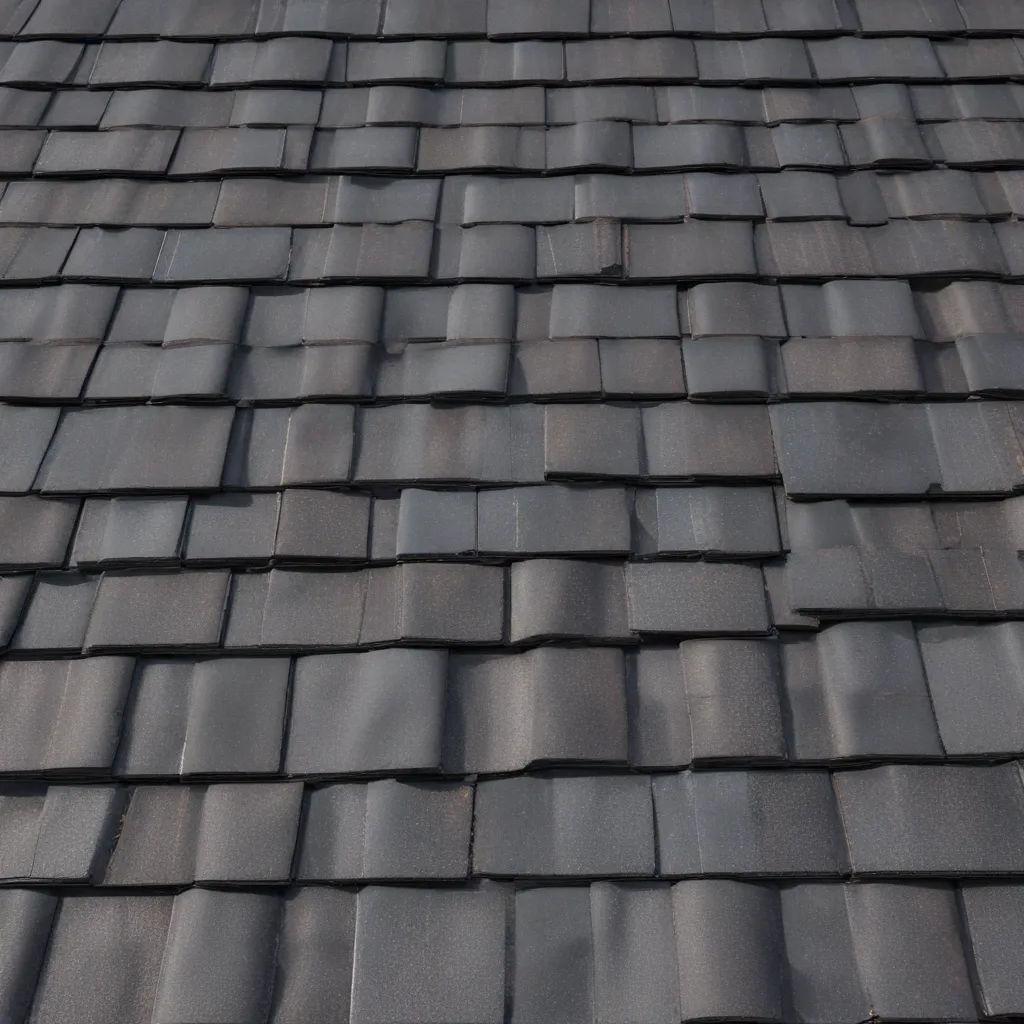
In the dynamic world of modern roofing, composite materials are at the forefront of a revolution in building performance and energy efficiency. Composite roofing systems, which blend advanced materials like fiberglass, polymers, and metals, are transforming the way we approach roof design, installation, and long-term maintenance. This article will explore the cutting-edge innovations in composite roofing, highlighting how these versatile solutions can enhance the overall efficiency and resilience of buildings.
Composite Roof Structures
Composite roof structures combine the strengths of various materials to create durable, lightweight, and energy-efficient roof systems. At the core of these innovations are composite metal hybrid (CMH) technologies, which fuse structural metal components with high-performance insulation and weatherproofing layers.
These composite roof assemblies often feature a structural metal deck or subframing, topped with rigid insulation panels and a protective outer membrane. The metal components provide the necessary strength and stability, while the insulation and membranes work together to optimize thermal performance and moisture management. The result is a roofing system that exceeds the capabilities of traditional asphalt shingles or metal panels, delivering superior energy efficiency, weather resistance, and design flexibility.
Enhancing Building Efficiency
The incorporation of composite roofing materials into building design has profound implications for energy efficiency and overall environmental performance. By leveraging the unique properties of these advanced materials, architects and building professionals can create structures that are better equipped to withstand the challenges of the modern climate.
Energy-Efficient Roofing
Composite roof systems are engineered to minimize heat transfer, reducing the energy required for heating and cooling. The layered construction, with high-R-value insulation and reflective outer surfaces, helps to regulate indoor temperatures, cutting utility bills and carbon emissions. Many composite roofing products also incorporate cool roof technologies, such as light-colored surfaces or specialized coatings, which further enhance solar reflectance and thermal emissivity.
Thermal Performance
The thermal efficiency of a roof plays a crucial role in a building’s overall energy profile. Composite roofing materials excel in this regard, offering superior thermal resistance (R-value) and thermal mass, which can stabilize internal temperatures and reduce the strain on HVAC systems. This improved thermal performance not only lowers energy consumption but also contributes to greater occupant comfort and well-being.
Moisture Management
Effective moisture control is essential for maintaining the integrity of a building’s envelope. Composite roofing systems incorporate advanced vapor barriers, underlayments, and drainage features to mitigate the risks of water intrusion, condensation, and mold growth. By keeping the building’s interior dry and protected, these roofing solutions help to extend the lifespan of the structure and minimize the need for costly repairs.
Innovations in Composite Roofing
The ongoing development of composite roofing technologies is driven by a desire to create more sustainable, resilient, and aesthetically pleasing building solutions. As the industry continues to evolve, we are witnessing the emergence of innovative composite designs and cutting-edge manufacturing processes.
Advanced Composite Designs
Researchers and manufacturers are constantly exploring new ways to optimize the performance of composite roofing materials. This includes the development of hybrid systems that combine the best attributes of various components, such as structural insulated panels (SIPs) that integrate rigid insulation, weather barriers, and aesthetic finishes into a single, prefabricated assembly.
Emerging Composite Technologies
In addition to advancements in material composition, the roofing industry is also embracing novel manufacturing techniques to enhance the versatility and efficiency of composite roofing products. Modular roofing systems, for example, can be pre-assembled in a controlled factory environment, reducing on-site installation time and labor costs while ensuring consistent quality.
Sustainability in Composites
Sustainability is a driving force behind the evolution of composite roofing. Manufacturers are prioritizing the use of recycled or recyclable materials, minimizing waste, and developing products that can be easily repurposed or disposed of in an environmentally responsible manner. Additionally, the inherent energy-efficiency of composite roofing systems contributes to the overall sustainability of buildings, reducing their carbon footprint and supporting broader climate mitigation efforts.
Benefits of Composite Roofing
The advantages of incorporating composite roofing materials into building design are manifold, ranging from enhanced durability and fire resistance to improved aesthetics and cost-effectiveness.
Durability and Longevity
Composite roof systems are renowned for their exceptional longevity and resistance to weathering, impact, and other environmental stressors. The layered construction and use of high-performance materials ensure that these roofs can withstand the rigors of extreme weather events, such as hurricanes, hail storms, and heavy snowfall, without compromising their structural integrity or weatherproofing capabilities.
Fire Resistance
Composite roofing materials often exhibit superior fire-resistant properties, thanks to the inclusion of specialized coatings, reinforcements, and intumescent layers. This fire-retardant performance can provide valuable protection for buildings, safeguarding occupants and minimizing the risk of catastrophic damage in the event of a blaze.
Aesthetic Considerations
Composite roofing systems offer a wide range of aesthetic options, allowing building owners and architects to create visually stunning and cohesive designs. From sleek, contemporary metal finishes to the timeless appeal of simulated tile or slate, these versatile materials can be tailored to complement the architectural style of any structure, enhancing curb appeal and property values.
As the roofing industry continues to evolve, the integration of composite materials into building design is poised to play a pivotal role in driving greater energy efficiency, resilience, and sustainability. By leveraging the unique properties of these advanced solutions, architects, builders, and building owners can create structures that are not only more energy-efficient and environmentally responsible but also visually captivating and designed to withstand the challenges of the modern climate. For more information on how composite roofing innovations can enhance your building project, visit Genuine Roof Systems.

























